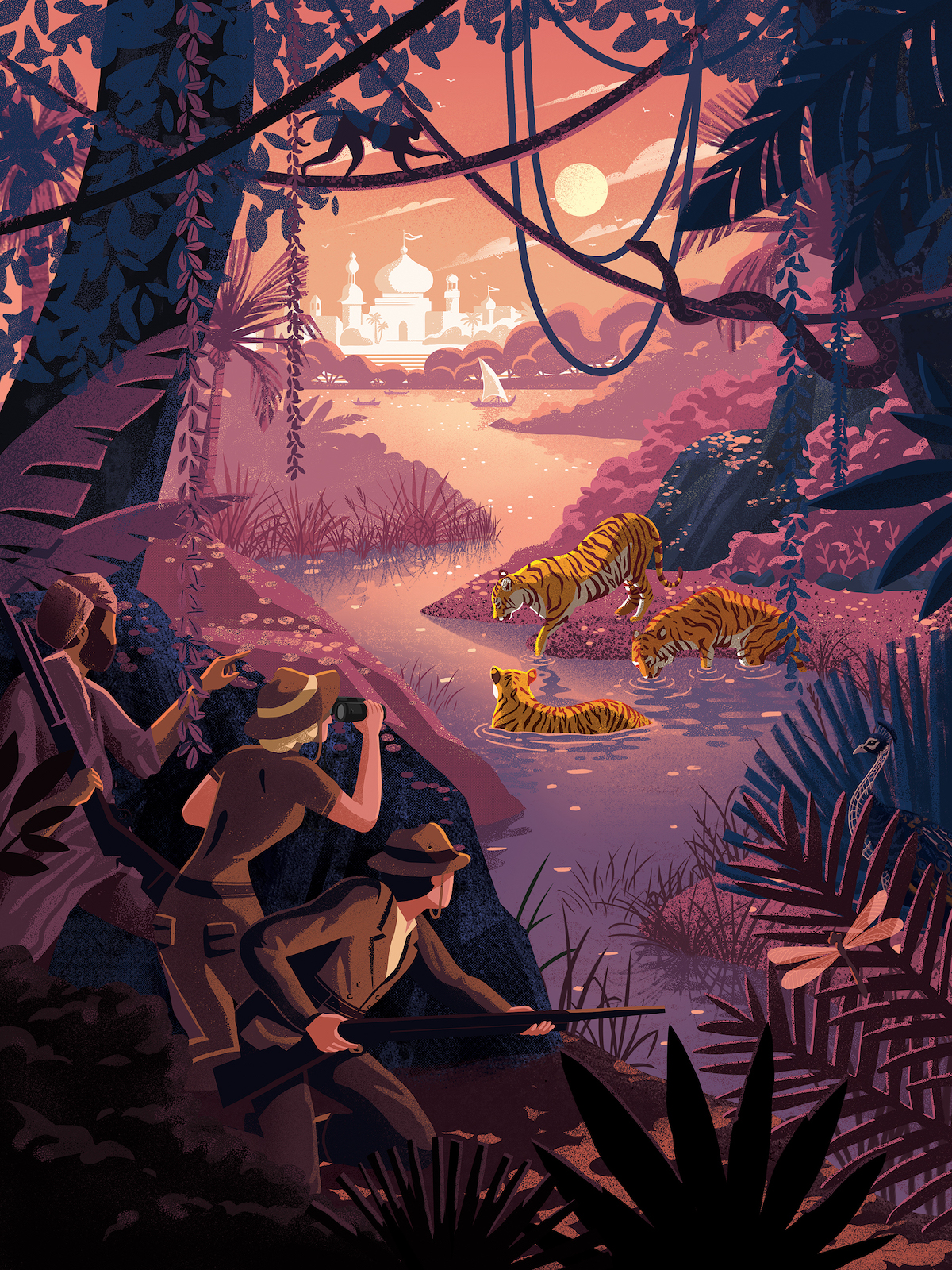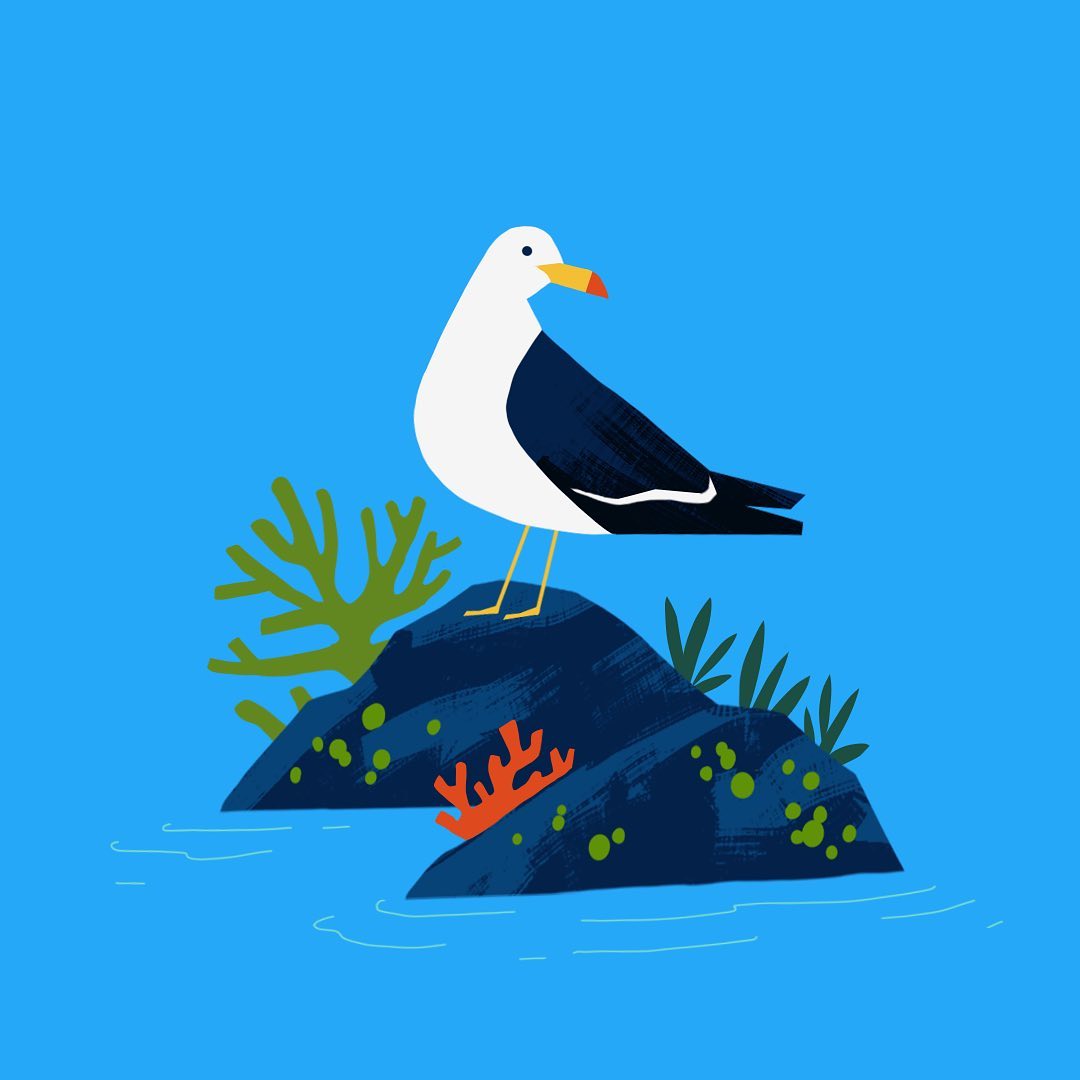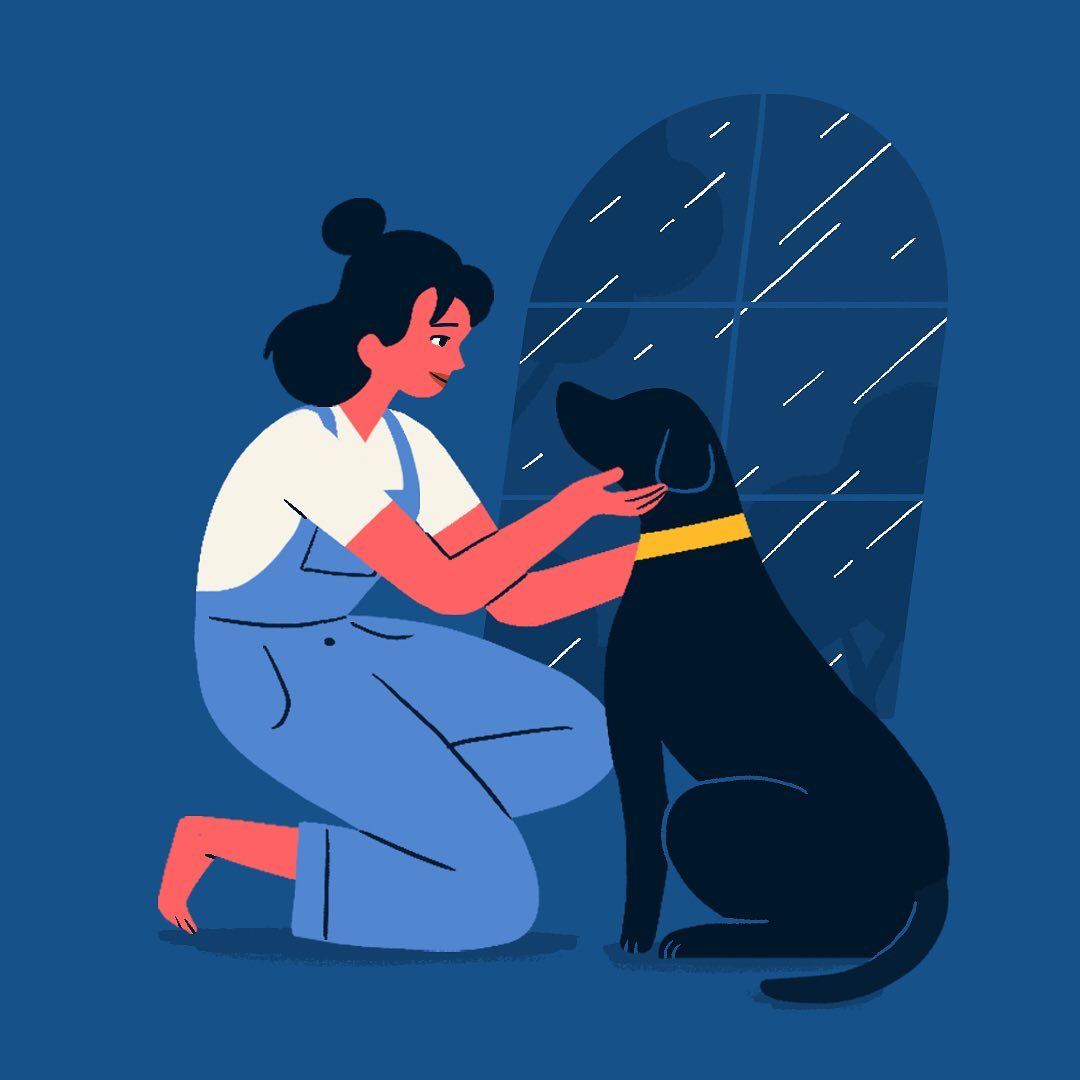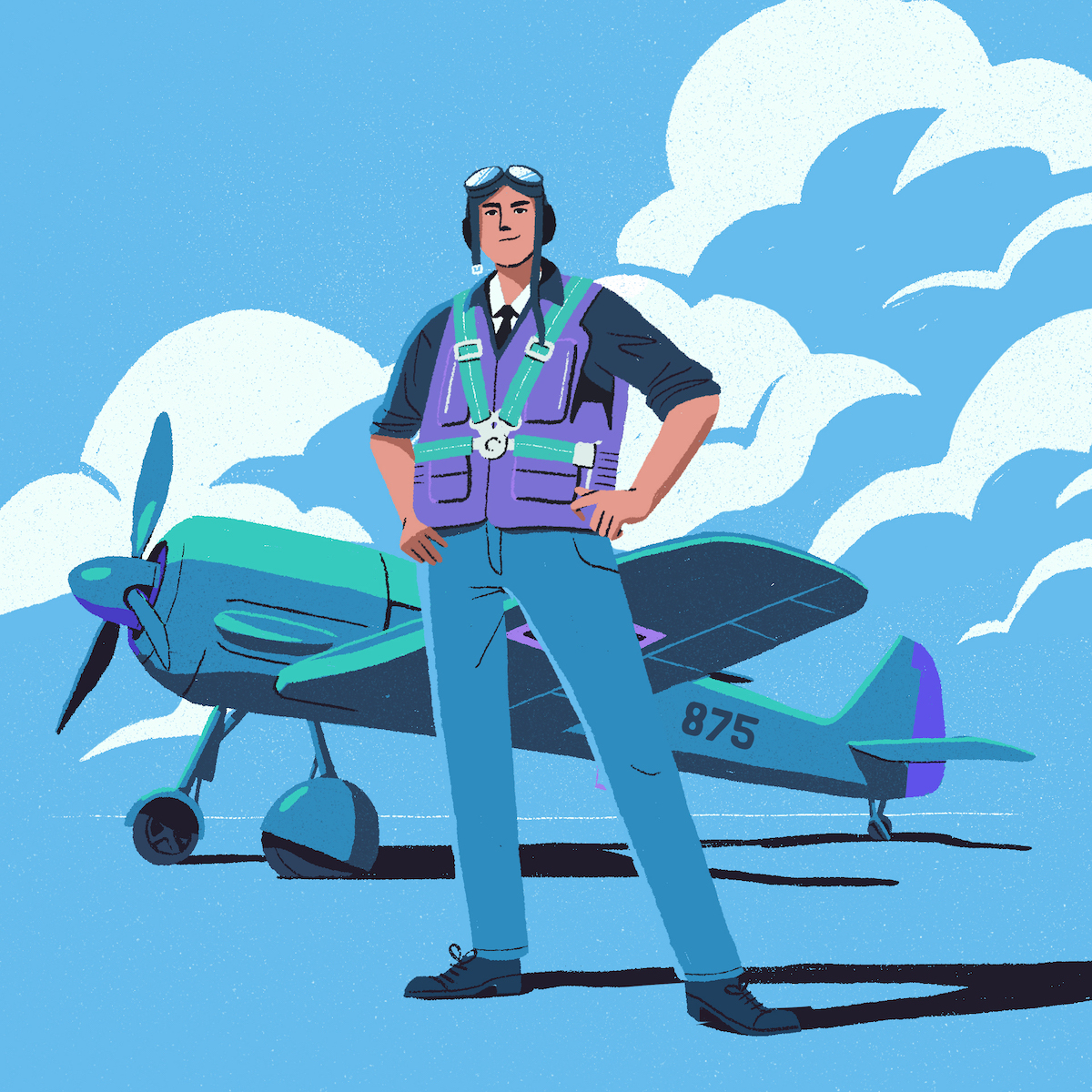|
Instagram: @angieson.illo 1. What’s your story? Where are you from?I'm a first generation Korean-American currently living in Richmond, Virginia. When people ask me where I'm from, it's a difficult question to answer because I moved around a lot in my life. I moved to New Jersey when I was in 1st grade and didn't know how to speak english very well. While my classmates had regular english class, I had to go to a private ESL teacher who taught me proper grammar. I knew some English, but man, did everyone talk fast! I remember answering yes or no, not even knowing exactly what people were saying to me. By 5th grade, I became more fluent in English than I was in my native language. And just when I was beginning to plant my roots and become quite comfortable with my life here, my parents decided to move back to Korea and put me in a Korean public school. Alas, the challenge began again, where I couldn't really communicate with my classmates because I had forgotten Korean! I was not happy. We lived there for 2 years but after failing all my classes except English, we decided to move back to the States, but this time to sunny California. I lived there from middle school to high school, graduated with a BFA from CalArts and freelanced as a motion designer and art director for 5 years. It wasn't easy moving around so much– I dealt with a lot of internal struggles emotionally about my identity as an asian american, looking different, dealing with racism, not being able to fit in and also feeling like an outsider in my own country of birth. But throughout all the changes in my life, the one common thread that stayed with me was my love for art and stories. It was the place I could go to escape into imagined worlds with characters, personalities, plots and twists. Stories, true or not, give us insights into human psychology, personality and behavior, and art allows the artist to express their point of view while letting viewers make their own interpretations of what they are seeing. It feels only natural that my love for narratives, art, and psychology translated into a career that focused on story-driven work for brands. 
2. Tell us about your aesthetic.My design style varies a bit depending on the project and is still evolving. But I'd describe my work to be clean, graphic, simplified, stylized and textured, often using a limited color palette. I tend to gravitate towards design that looks graphic and/or geometric because of my background in Graphic Design. And while all my designs are done digitally, I like to infuse my work with textured brushes or grain to give it a bit of imperfection and hand-painted quality to contrast the geometric and digital look. 3. What is your favourite medium and why?Does photoshop count as a medium? Ever since I bought my cintiq, I rarely draw or paint on physical paper or canvas. I love the versatility, the editability and the huge range of possibilities that photoshop has to offer. There are so many different photoshop brushes that can help recreate traditional mediums that look like watercolor, guache, ink, pastel, etc without the mess! Adobe bought Kyle brushes around 5 years ago, so anyone can download and use them to recreate any medium. It's also much easier to edit your mistakes and experiment with different color palettes. Even after 12 years, I'm still learning new tricks. 4. What is your artistic process like?I always start my process by jotting down different words, ideas, or descriptions of visuals that relate to a concept I'm trying to convey. At this point, there's no wrong answer and oftentimes this process leads to somewhere unexpected. Then I'll do some research on stock photo websites like gettyimages or shutterstock and type in my favorite words to get ideas on different ways to communicate a concept. If I'm doing characters, I try to find references for poses. I'll then do several versions of rough sketches based on the references that are strong in visual communication. If it's a personal project, I'll start refining and experimenting with different color combinations. I used to use Kuler a lot for color inspo as a starting point, but I think Adobe bought them now. I love using it because you can make your own palette or use a search word that results in various palettes with that theme in mind. Then I use the hue/saturation to try out different color combinations until I find the one that feels right. Working as an Art Director in motion graphics, a lot of the time I have to find and explore styles that resonate with the brand. I normally spend a full day just looking for inspiration on Pinterest, Behance, Dribble, Tumblr, Instagram, etc. It's extremely helpful to have collections, pins or saved folders categorized by style or theme to make finding similar work easier. Once I feel that I've collected references that are close to what I was looking for, I study the images to figure out what makes the image look the way it does. How is the artist using the 6 key visual contrasts: form, scale, weight, space, direction, texture, and how does that inform the design? By understanding these concepts, it helps me to give better direction to artists and make sure we can create a consistent style that delivers visually and also communicates what we want it to. 5. Who and/or what inspires your work?I'm a huge fan of Charley Harper. I love the way he simplifies and abstracts realism in nature with geometric shapes and textures. What's crazy is that most of his work was done before photoshop and was created using rulers and protractors and screen-printed or painted. Owen Davey's work is I think a more modern version of Charley Harper, as it's all done digitally, and is characterized by geometric, simplified shapes that play with texture and a bold limited color palette. I love how they interpret real life subjects into simplified forms. I'm often trying to apply that to my own work using graphic shapes and a curated, limited color palette. Kevin Dart is another favorite of mine, who also uses simplified shape language, but he's a master of graphic lighting. Lighting is so hard for me and it's something that I'm learning and experimenting with a lot these days. I love that his work abstracts lighting to create an atmosphere or mood. It's not necessarily realistic lighting, but the way he applies it makes it feel really graphic and believable. 6. What role does art play in your life? How does it change the way you view the world?As a visual person, art plays a huge role in my life. It gives us the ability to express our experiences and emotions and dive into subjects with obsession to create something beautiful or grotesque. It can even be a meditative experience, allowing us to escape reality and focus on filling the blank slate in front of us with whatever looks or feels right. Art is great because there's no wrong answer or opinion or thought or subject matter. It teaches us the power of perception and perspective. When we view art without context, we perceive it differently than when the artist's intention or the story behind it is unveiled. Concepts, ideas and stories give value and significance to what we see or observe. And this same logic can be applied to life in general. Whenever we find ourselves in the midst of an argument or an opposing view on an appalling post, I think sometimes we all need to take a step back and really observe, the way you would at an art gallery. What am I looking at here? Why is it making me feel this way? What are they trying to say? What's the story or the intention? Art helps us empathize and understand a different point of view– and I think that's something the world needs a lot right now. 
7. Where did you study?I studied at California Institute of the Arts, a private art school founded by Walt Disney in 1961. I was a graphic design major and each student in our department got their own studio/ desk space. The first years were put in the famous A113 studio (the little easter egg you can find in all Disney films), the same place where many of the famous Disney directors such as John Lasseter, Brad Bird, Tim Burton, Michael Giaimo, Gary Trousdale, Henry Selick and many more used to study. It sounds super grand, but it was actually a windowless room with fluorescent lights where you couldn't really tell what time of day it was. CalArts was truly the epitome of what you expect art school to be like. It was a place where they embraced the weird or shall I say, creative. Thursdays were gallery night, where fine artists could show off their work and you could network and party with different majors. Every year, the school spent loads of money for the seniors of various departments in graphic design, stage design, lighting design, dance, acting, photography, and music to collaborate and host an extraordinary themed Halloween party. The campus basement was a free space for students to graffiti or paint or whatever they wanted on the walls. Many days were full of surprises. There was a band called the Naked Gamelon that would disrupt class jumping, dancing, and playing their gongs and instruments butt naked around campus. One day, I'd walk into an elevator that was covered in glitter and the next, there would be a band that would embarrassingly sing about you till you reached your level. Actors would practice their lines, shouting and exclaiming in the middle of the hallway. People would sunbathe naked at the swimming pool. There really is no place like it... it's like CalArts exists in its own bubble. I didn't know this then, but I realize now how important my education and experience was there. CalArts really taught me to dig deeper, to be more open, to be curious and ask questions. They really prioritized a critical approach to design to create work that's driven by concept and story, rather than focusing on technology or commercial finesse. Even now, after 7 years since graduating from CalArts, I'm still hungry for knowledge and take classes online to build on what I've learned and brush up on my technical skills. There are so many resources online now: Mographmentor, Motiondesignschool, Schoolofmotion, Skillshare, Schoolism, CGMA, Domestika, etc. I think I'll forever be a student. 8. Where do you see yourself in five years?In 5 years or hopefully sooner, I'd like to work as a creative director full time, direct my own animated short film, illustrate and publish my own children's book. 9. What about in ten?I feel like there's so many avenues that my life could go, but I'd love to start my own women-run production studio. I don't think there are enough women in leadership/ management positions. I personally think women make great leaders because we're more in tune to our emotions and are more empathetic. Close-knit human relationships and a work culture that fosters empathy and respect has a huge effect on our work performance and our drive to do better. But who knows what will happen in 10 years and where I'll end up? I just hope I'm happy and fulfilled. 10. What do you hope to achieve with your art?I'd love for my art to inspire, educate or resonate with others. Not all of my work has a specific motive or purpose, but when it does, I make an effort to pair my work with thoughtful writing. 
11. Now, tell us a little more about you as a person: what is your favourite food?I love tapas! I'm the kind of person that can't order just one thing when I eat out– I love sampling a bunch of different foods. 12. Favourite book?My favorite book is Small Great Things by Jodi Picoult. It's a book that challenges readers to look inside themselves and reflect on their own beliefs about race and prejudice. The story is told from various characters' point of view that give insights to the events that surround a court case. Ruth Jefferson, an experienced African American labor and delivery nurse who begins a routine checkup on a newborn, is reassigned to another patient because the parents are white supremacists. The hospital complies with the request, but the next day the baby goes into cardiac arrest while Ruth is alone in the nursery. Does she obey orders or intervene? Where the Crawdads Sing by Delia Owens is another favorite. As a retired wildlife biologist, the way she describes nature and the environment that surrounds the main characters are vividly descriptive and poetic. The book is about a girl who grows up alone in the marshes of North Carolina after her family abandons her. Labeled as the "marsh girl", uneducated and a bit wild, she becomes an outcast and is later charged for murdering a young man. With a combination of murder mystery, romance and coming-of-age story, I could not put this book down. The audiobook is also great as well as it's read by one of my favorite narrators, Julia Whelan. 13. Favourite genre of music?I seem to like music that is sort of a combination of many genres. soul/ R&B/ pop, psychedelic pop/ indie rock, disco/electronic/dance, etc. I think maybe it's easier to tell you my favorite artists so you can listen and get a feel for the type of music I like. Tame Impala, Cannons, Big Wild, LEISURE, NEIL FRANCES, Satin Jackets, Crazy P, Empire of the Sun to name a few. 14. What are your hobbies?I love photography, watching and studying films, making playlists to jam to, practicing yoga, taking care of my plant babies, practicing French using Babbel, and collecting children's books with gorgeous illustrations. I'm also currently relearning how to play guitar. Before COVID, I was really into ceramics and wheel throwing. As a bit of a perfectionist, wheel throwing and glazing taught me to let loose and embrace unexpected imperfections. I also love the tactile-nature of molding and shaping clay... it kind of reminds me of playing with playdoh and it's nice doing things away from a screen. 15. If you weren’t an artist, what would you be?If I wasn't an artist, I think I'd be an interior designer. Just as I love to create imaginative characters within their own world, I find a lot of joy designing spaces. Or maybe a psychologist! 

Comments are closed.
|
